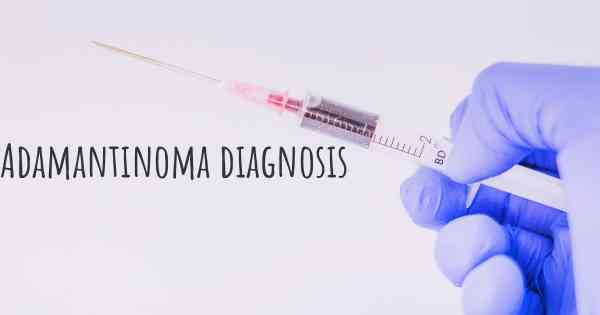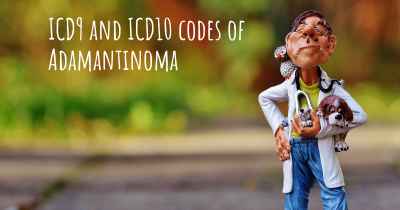How is Adamantinoma diagnosed?
See how Adamantinoma is diagnosed. Which specialists are essential to meet, what tests are needed and other useful information for the diagnosis of Adamantinoma

Adamantinoma is a rare type of bone tumor that primarily affects the long bones, most commonly the tibia. Diagnosing adamantinoma involves a combination of clinical evaluation, imaging studies, and histopathological examination.
Clinical Evaluation: The diagnostic process typically begins with a thorough medical history and physical examination. The doctor will inquire about the patient's symptoms, such as pain, swelling, or a palpable mass in the affected area. They will also assess the patient's overall health and look for any signs of bone abnormalities.
Imaging Studies: Various imaging techniques are employed to visualize the affected bone and surrounding tissues. X-rays are often the initial imaging modality used to identify any bone abnormalities, such as a tumor or bone destruction. However, adamantinoma may not always be clearly visible on x-rays, especially in the early stages.
Magnetic Resonance Imaging (MRI): MRI scans provide detailed images of the soft tissues, bones, and joints. This imaging technique can help determine the extent of the tumor, evaluate its relationship with nearby structures, and identify any signs of invasion or metastasis.
Computed Tomography (CT) Scan: CT scans use a series of x-ray images taken from different angles to create cross-sectional images of the body. This imaging technique can provide more detailed information about the size, location, and characteristics of the tumor, aiding in the diagnosis and treatment planning.
Histopathological Examination: The definitive diagnosis of adamantinoma is made through a histopathological examination of a tissue sample obtained via a biopsy. A small piece of the tumor is surgically removed and sent to a pathology laboratory for analysis. A pathologist examines the tissue under a microscope to identify the characteristic features of adamantinoma, such as the presence of epithelial cells and the formation of tubular or cystic structures.
Additional Tests: In some cases, additional tests may be performed to confirm the diagnosis or assess the extent of the disease. These may include blood tests, such as alkaline phosphatase levels, to evaluate bone health and rule out other conditions.
Early and accurate diagnosis of adamantinoma is crucial for determining the most appropriate treatment approach. Therefore, a multidisciplinary approach involving orthopedic surgeons, radiologists, and pathologists is often employed to ensure an accurate diagnosis and optimal management of this rare bone tumor.








